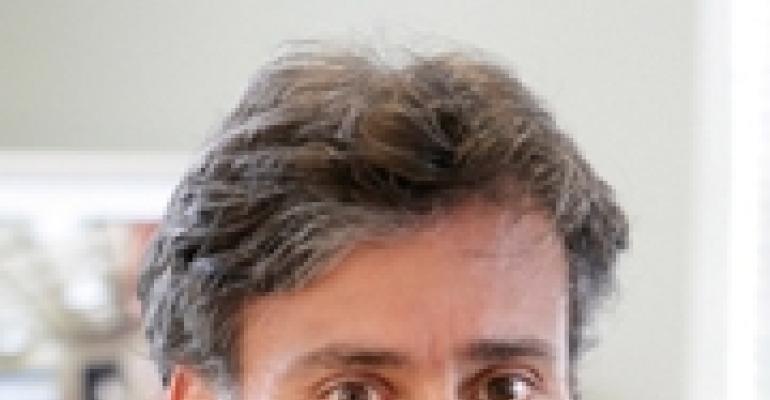
Retrofitting properties for energy efficiency or greater sustainability may help retail property owners market to other companies that are trying to align with green values as part of corporate culture and brand. Unfortunately, many green investments can be invisible to your tenants and the public, and fail to communicate the enhanced quality and sustainable nature of a property.
Owners that make the decision to incorporate sustainable strategies into their real estate should ask their architects to incorporate some “green chic” into their designs to showcase green elements so they can be clearly seen by customers and tenants, rather than hiding them away.
Sustainability as an optimization strategy is becoming easier to justify if for no other reason than to increase profitability. Norman Miller, a professor at the University of San Diego’s Burnham-Moores Center for Real Estate, undertook a study for CoStar Group in 2008.

Miller’s paper titled “Does Green Pay Off” showed that LEED properties have faster absorption rates, a mean sales price per sq. ft. of roughly 10% more than non-LEED properties, and command $11.33 per sq. ft. rental premiums over non-LEED facilities.
Become green chic
Green chic design can range from architectural design that celebrates sensitivity to the environment to showing off sustainable technologies in theatrical ways. Examples may include locating solar panels where they are clearly visible to tenants and their customers or placing digital readout screens in common spaces where they can track the energy savings.
Photovoltaic panels can be expressed as a key architectural feature of the property. For instance, a clerestory “saw-tooth” roof might hold the panels and allow for natural light while providing a distinctive roofline that communicates sustainability. Other elements such as green roofs, vertical landscaping, gray-water systems, wind turbines and natural light can also be celebrated in exciting and architectural ways.
For example, SkySong, a mixed-use retail, office and hotel development in Scottsdale, Ariz., is a 1.2 million sq. ft. project that incorporates a shade structure. The architectural element is not only a defining feature of the project, but it has become a landmark for the city.
In the Middle East, the mixed-use Bahrain World Trade Center is made up of two 50-story towers that are shaped as air foils to accelerate the wind velocity and funnel air to three large wind turbines suspended between the towers. These giant wind turbines are reported to provide 11% to 15% of the towers’ energy requirements.
Vertical landscaping
In metropolitan and urban locations, adding enhanced landscaping to increase green space, improve air quality and lower surrounding ambient temperatures can be a challenge. One of the latest trends to achieve these goals is vertical landscaping.
The method is extremely adaptable to many types of vegetation, and utilizes aeroponics, growing plants without soil. Installing a vertical landscape is similar to the cost of building a wall plus the landscaping area on the wall, which costs the same as if it were installed on the ground.
Where vertical landscaping really shines is that it is much more visible than a typical green roof, can fit into land-challenged properties, and can be adapted to almost any climate. An example is PNC’s vertical green wall located at their Pittsburgh headquarters. This living mural decorates a 30-story building and reduces the ambient temperatures of the south-facing wall by 25%.
To maximize visibility of green chic design, owners should incorporate signage throughout facilities to educate tenants and the public about their shopping center’s sustainability features. Properties with ‘smart’ building management systems can communicate energy savings through strategically located screens in real time. This effort can deliver real marketing value as customers increasingly look to do business with environmentally minded companies.
Even in this economic climate, it is a great time for a renovation, especially a green one, since there is a readily available supply of construction materials and contractors who are willing to compete for projects at competitive rates. Green chic design approaches can optimize an owner’s sustainability investment beyond infrastructure improvements, turning them instead into defining architectural and marketing elements, ultimately adding green to the bottom line.
Kenneth A. Gruskin, AIA, is president and founder of Springfield, N.J.-based Gruskin Group.

